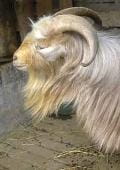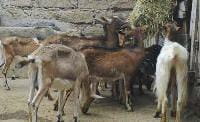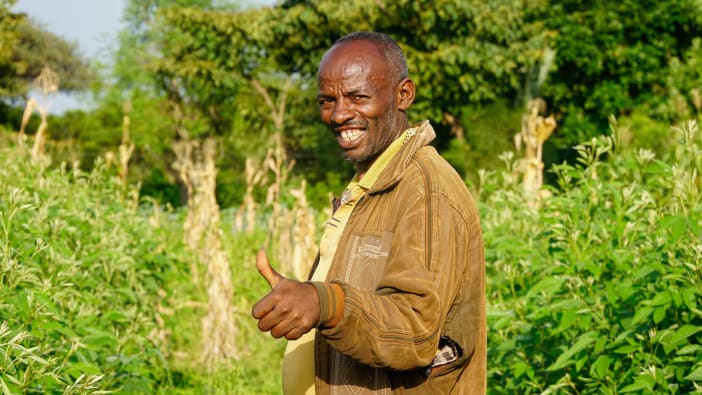Our goat-keeping project was based in Nairobi’s informal settlements of Korogocho, Kibera, Kariobangi and Kawangware. The most important benefits of keeping goats were the milk and the manure they produced. Droppings were used as manure for organic farming especially ‘gardens in sacks’ which are common amongst the slum dwellers of Nairobi. Some of the manure was also used in local biogas projects.
The goats were kept in simple pens or shelters. Most were made from off-cuts of timber and mud. These materials were chosen because they were easily available, accessible and cheap. They were mostly fed on fodder eg Napier grass (native to tropical grasslands in Africa), household vegetable waste, pasture grass on idle public land, crop residues from local markets and other urban farmers.
There are varied reasons why people chose to engage in goat-keeping:
- Goats are a good source of milk and a good way of investing and saving money. They are readily available assets and help families to survive during times of crisis.
- They are scavengers and have an ability to survive on household food waste.
- They are good for people who do not have a lot of money to start with. Investing in goats is not too risky as they cost less than larger animals.
- It is easier to find feed for small animals like goats, especially in the informal settlements where there is limited space and pasture land. However it is still important to give them enough space, vary their location if possible and regularly clean areas where they are kept.
- Goats mature quickly and have a high rate of reproduction.
- Goats are tough and resilient to many parasites and diseases, making them easy to manage (unlike cows, which are highly sensitive).
- Goat-keeping offers a suitable opportunity for people to improve their skills through participating in training and extension activities.











